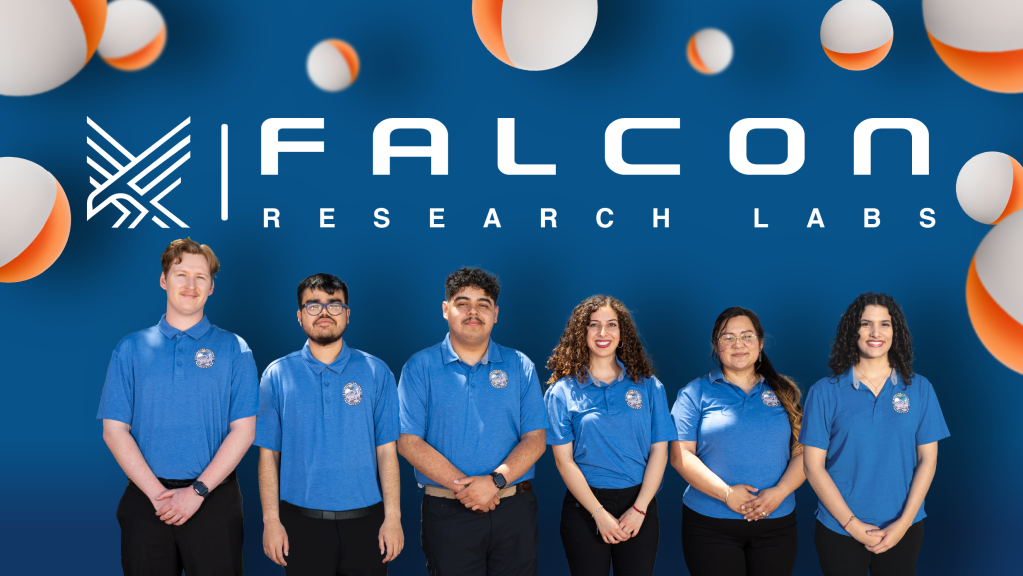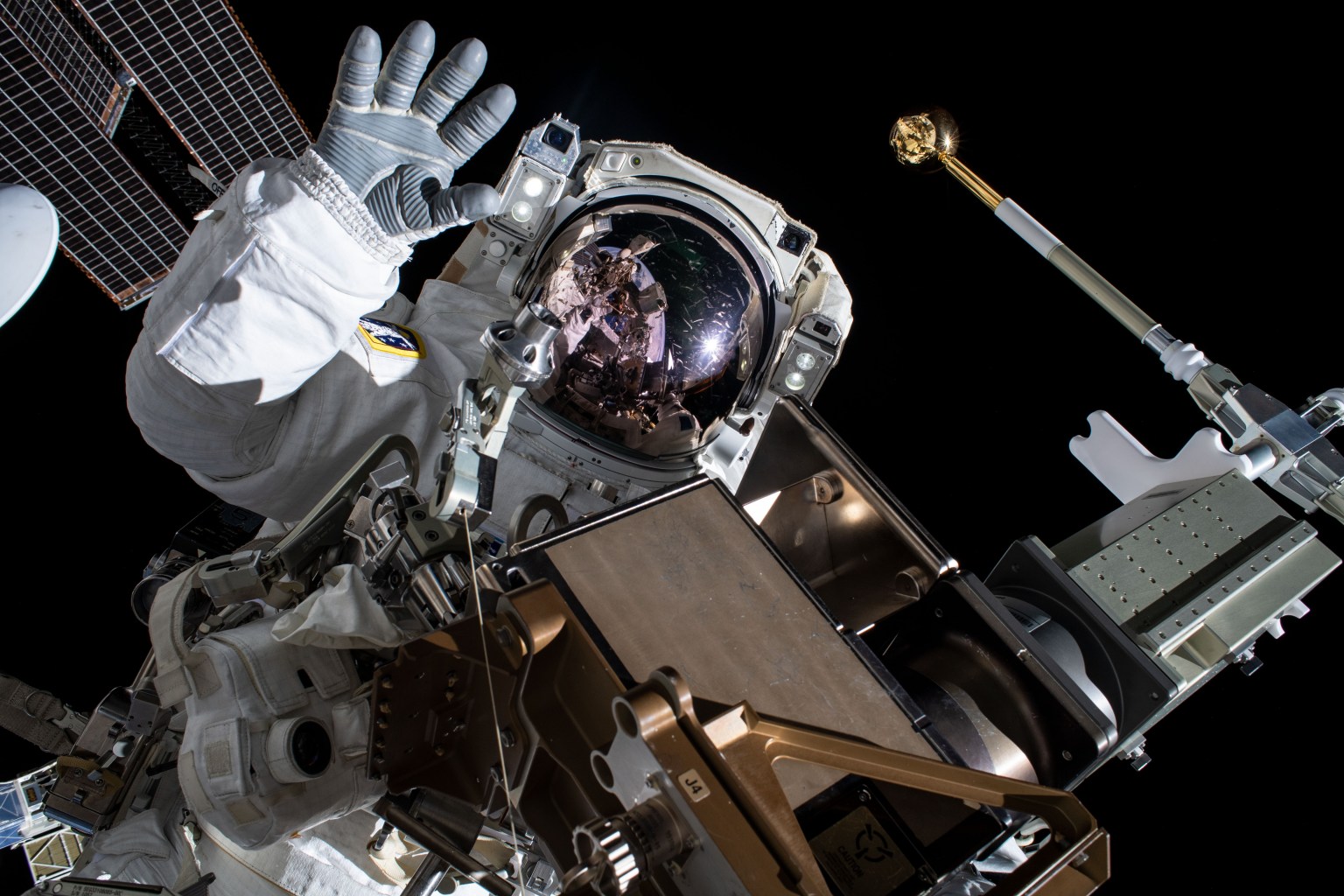If an airplane designer standing alone in the forest calculates how much noise his or her new aircraft will make in flight, does the prediction make a sound?
As it turns out, if the design engineer has access to all of NASA’s noise-predicting software tools – including a fairly new one called the NASA Auralization Framework (NAF) – the answer is yes.
“With NAF, what we’ve done is to develop a set of computer codes that allows us to take noise predictions on paper and turn them into something we can listen to,” said Stephen Rizzi, senior researcher for aeroacoustics at NASA’s Langley Research Center in Virginia.
Even short videos can be produced.
These long established noise-predicting tools, in concert with NAF, already are helping engineers to better deal with a decades-old problem in aviation.
Since the dawn of the commercial jet age during the 1960s there has been a constant effort to make airplanes quieter and less of a public annoyance in terms of noise – a need that becomes even more challenging as more and more airplanes fill the sky.
The job continues at NASA today as engineers research and test aircraft and jet engines that are intended to fly within the next decade or so. These future aircraft are designed to cut noise to nearly one-eighth of what is allowed today, and confine the most annoying noise to within an airport’s outer fence line.
To ensure they are on track to reach that goal, NASA’s aeronautical innovators rely on a number of computer-based tools, including the Aircraft Noise Prediction Program (ANOPP), which does exactly that, and was first developed during the mid-1970s.
Using ANOPP, engineers calculate how much noise will be made by aircraft components such as flaps, slats, landing gear and any other parts that stick out into the slipstream to cause localized, noise-making turbulence. Not to mention the jet engines.
Then a more recent development of ANOPP – a new version called ANOPP2 – was created to enable engineers to analyze noise produced by aircraft that don’t follow the conventional tube-and-wing designs flown today. For example, a hybrid wing body design, which, with its engines mounted above the fuselage, is made to be more quiet.
ANOPP spits out a series of numbers that show predictions on paper – or PowerPoint slide – of what the airplane might sound like during its various phases of flight from the point of view of a person on the ground listening from various points around the airport.
Make Some Noise
But a piece of paper or a projected slide with a bunch of sterile numbers on it doesn’t really sing, literally or figuratively – espeially for the designer who strangely found they were in the middle of a forest trying to make a sound.
As a result, to help bring more engaging audio context to all of these lifeless and mute noise-prediction numbers, about three years ago the NAF was developed by NASA and its partners as a complementary tool to ANOPP.
As it is designed to work now, NAF inputs all the aircraft noise prediction calculations from ANOPP and ANOPP2, processes the information and within minutes outputs a standard .wav format audio file that can be played on any compatible sound system.
“The vision is that an engineer working on the aeroacoustics of a new airplane would be able to readily generate an auralization output in the form of a calibrated (sound) file,” Rizzi said.
However, it’s not quite as easy as just pushing a button.
“Not just anyone can sit down in front of a computer and do the analysis leading up to an auralization. That takes a great deal of subject matter expertise from a lot of different disciplines,” Rizzi said.
Sound Reasoning
There are at least three big benefits to having this sound file available, Rizzi said, with the first related to how hearing the sound helps verify and validate the engineering process followed to make the prediction in the first place.
“If my prediction method is producing something that I know doesn’t sound realistic – for example, if I am trying to auralize an aircraft already flying today to use as a reference and the file sounds nothing like the real thing – then that tells me something is wrong or missing in the process,” Rizzi said.
A second benefit is that the sound files can be used to evaluate how people respond to what they hear coming from various aircraft configurations, which in turn can be fed back into the design process to make airplane noise less of an annoyance.
Rizzi calls this “perception-influenced design.”
“What we’re trying to do is not only lower the decibel level to meet future noise regulations, but we also want to make sure that the resulting sound isn’t objectionable to the public,” Rizzi said.
For example, two different sounds can be heard at the same perceived decibel level, but if one of those sounds is a person quietly scratching their fingernails on a blackboard, then it doesn’t matter how quiet or loud the sound is if it’s annoying.
The same holds true for airplanes, and especially turbofan jet engines. Two different engines may generate the same loudness in terms of decibels, but may sound differently because of the way they are designed, making one more annoying than the other,
A third major benefit is to use the sound files as a communication or public relations tool aimed at anyone who has a vested interest in how much noise an airplane makes near or at an airport. That could include airport or airline officials, federal regulators, state and local lawmakers, and the general public who actually live near an airport.
“With this tool we can share these sound files with a community so they can hear first-hand what a new jet engine or airplane design might sound like,” Rizzi said.
“We can tell people we’ve made a reduction of 42 decibels in noise levels, but what does that sound like? How does that compare with current levels? Now we can demonstrate that with realistic sound.”
In fact, NAF was used to show that several noise-reducing ideas evaluated by NASA’s recently completed, six-year-long Environmentally Responsible Aviation (ERA) project would indeed deliver on the promise of cutting noise to nearly one-eighth of today’s standards.
And now there’s video too.
Seeing is Believing
Taking NAF one step farther, NASA researchers partnered with a company called AMA Studios to combine the noise prediction sound file with flight simulator quality CGI representing the actual aircraft configurations analyzed.
The result is a lifelike depiction enabling designers to hear and see their work in action.
“And like the sound files alone, the combined audio visual presentation also can be used as a tool to showcase to the public the dramatic reductions in perceived noise levels achieved by these new aircraft designs,” Rizzi said.
A set of videos illustrating ERA’s promising noise-reducing results were the first produced under this collaboration and were premiered in May during an international aero acoustics conference in France.
“The videos were well received by those attending the conference, with many noting how helpful it was to be able to compare the sounds of the two different aircraft shown,” Rizzi said.
For this first set of videos, two different aircraft were shown from the perspective of someone standing near a runway off to one side as the airplane is taking off, as well as near the end of the runway directly under the final approach path of the airplanes.
The first aircraft represents a typical tube and wing airplane as flown today, with two engines slung beneath the wings – essentially a configuration similar to a wide body Boeing 777.
The second aircraft sports a blended hybrid wing body with twin engines mounted to the top of the airplane near the tail, very similar to Boeing’s subscale X-48 technology demonstrator that has flown for several years now.
The hybrid wing body is one of several promising design concepts to come out of ERA for an aircraft that meets future fuel, emissions and noise reduction goals. A full-scale version of the design is a leading candidate for NASA’s new series of X-planes to be flown as part of the agency’s decade-long New Aviation Horizons initiative.
“If you watch the videos and compare the sound of the two aircraft, both in terms of the overall decibel level and the annoyance factor, there’s no debate that the hybrid wing body represents a huge reduction in perceived noise,” Rizzi said.


































